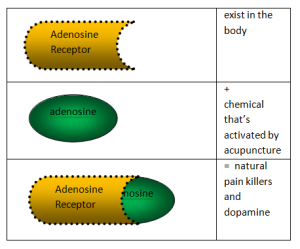| Blood-brain barrier Microwaves, radiation Open sesame. |
Open sesame, in this haiku, refers to the dangerous break between the blood-brain barrier. This potentially fatal outcome can occur from exposure to microwave and radiation. This, and other, haiku in Eric Chulder’s, The Little Book of Neuroscience Haiku, deliver a quick, entertaining, and simple way to learn about the brain.
Every page in the book contains a haiku with a short explanation. For this haiku Chulder says: “THE BLOOD-BRAIN BARRIER, created by tight-fitting endothelial cells that surround blood vessels, limits materials in the blood from entering the brain. The blood-brain barrier can be broken down by microwaves and radiation, permitting the entry of chemicals into the brain’s blood supply.” The explanation is as succinct as the haiku itself.
Eric Chudler, Ph.D., is a neuroscientist at the University of Washington and the executive director of the Center for Sensorimotor Neural Engineering. He also hosts the website Neuroscience for Kids at http://faculty.washington.edu/chudler/neurok.html. Dr. Chulder’s discusses his approach in writing this book at haikuHoopla.com, where his answers are as precise as the contents of his book.
The blood-brain barrier poem is from the “Places” collection in the book. The Little Book of Neuroscience Haiku is organized into three sections: places, things, and people. Places references locations in the brain. Things is about things that interact with the brain. People, of course, are people who have contributed to neuroscience as scientists, writers, artists, etc.
Excerpt from the book:
Borrowing from a traditional Japanese poetic form to present neuroscience, is a unique approach for expanding the horizons of knowledge about the brain. It is also a suitable format for quick flips while waiting at the doctor’s office, waiting for a train, waiting in line, etc. If you are suffering from information overload, this book is a nice change of pace for learning about the nervous system in short bursts of reading.
Indulge your brain
Feed it some haiku
about itself.
To read other material from Leena, go to fishRidingABike.com.








